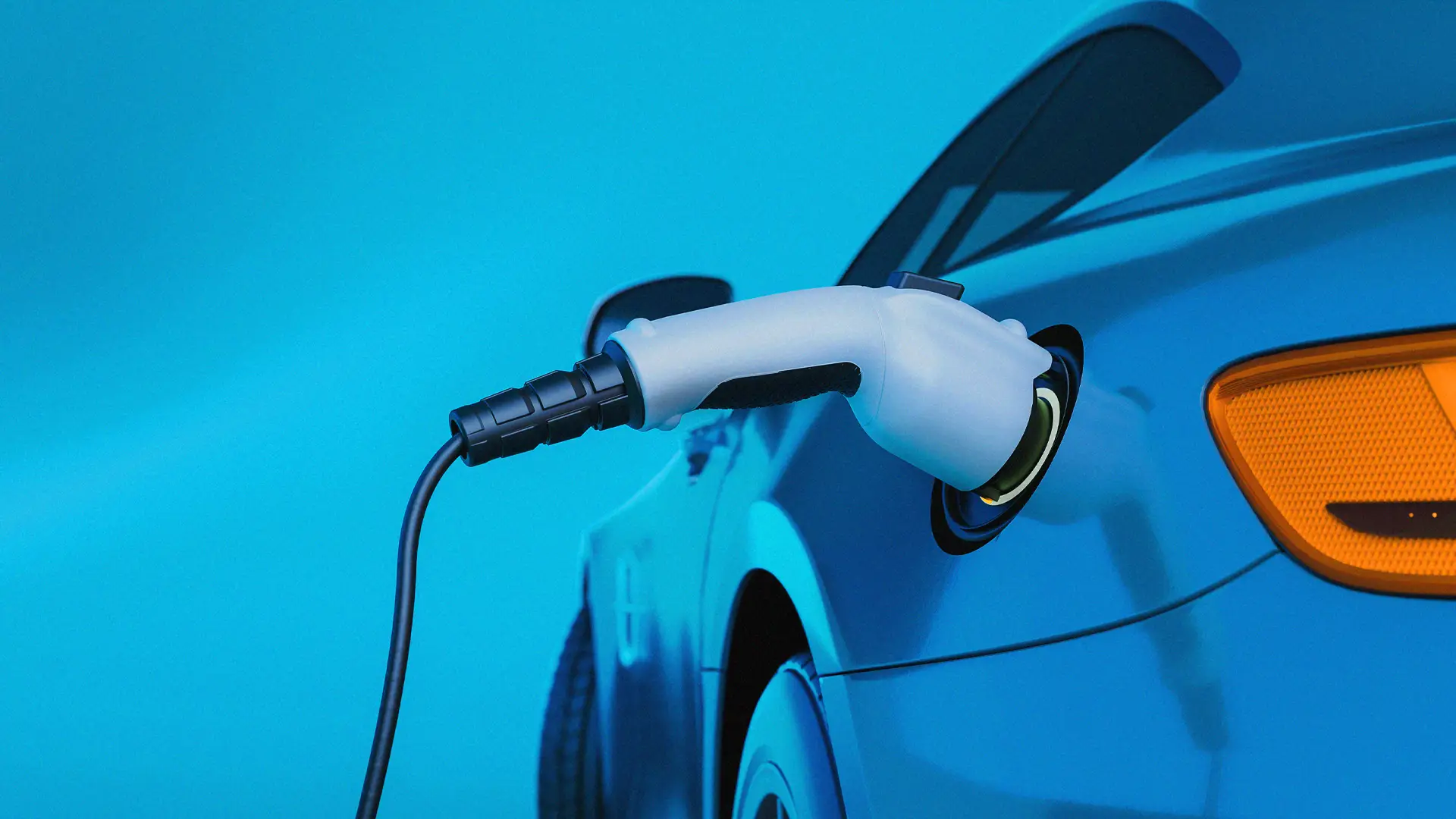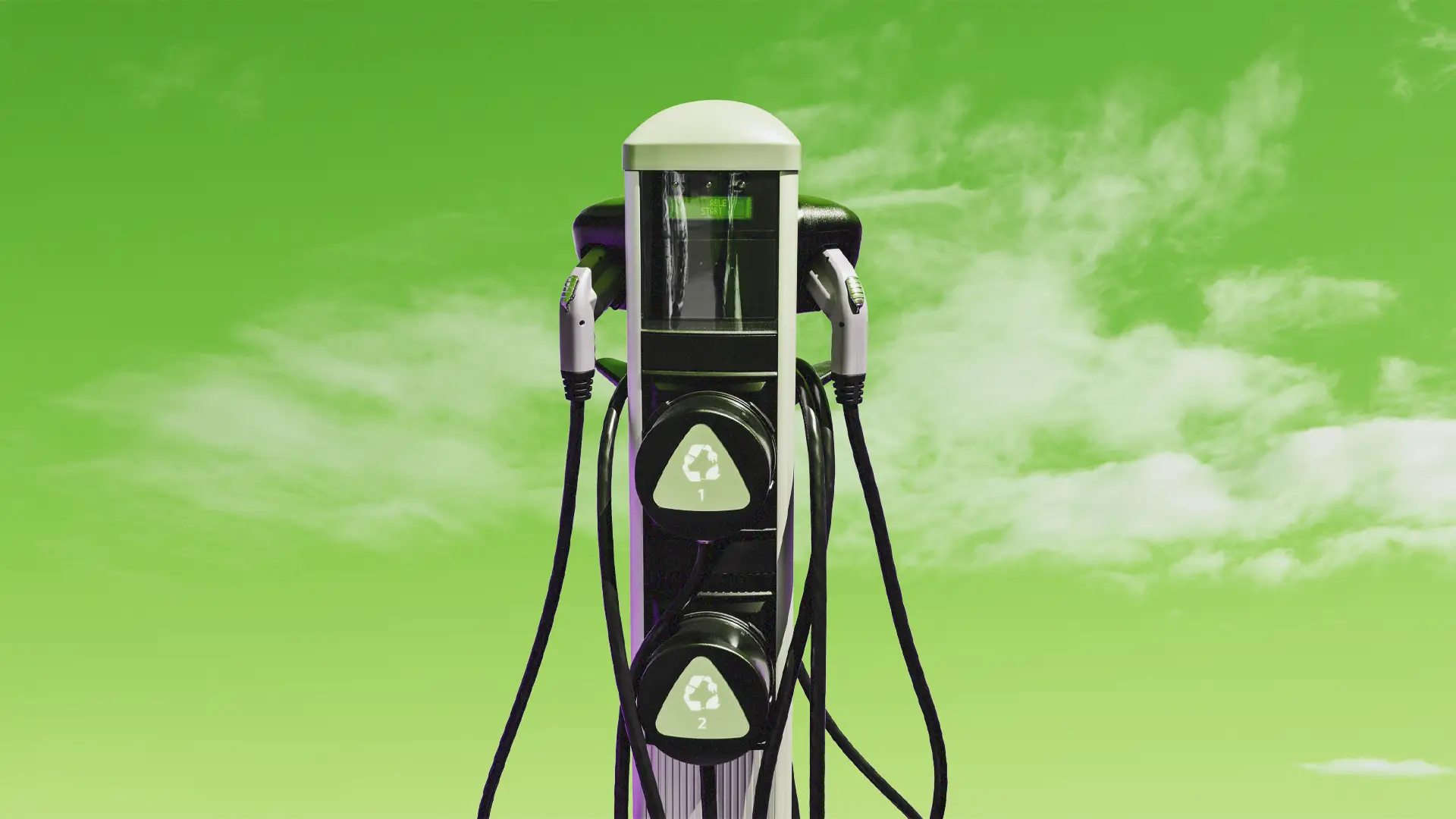

Key Takeaways
- Commercial and fleet vehicle electrification is advancing faster than personal electric vehicle (EV) adoption, driven by major companies like Amazon and FedEx. This creates opportunities for turning fleet drivers into personal EV buyers.
- Fleet electrification offers cost benefits with lower total cost of ownership due to stable electricity prices and reduced fuel and maintenance costs, which are attracting businesses beyond sustainability goals.
- Pickup truck drivers, a crucial market segment, are gaining first-hand experience with EVs through fleet use, which can help overcome their hesitations about performance and range.
- Targeted marketing strategies, such as influencer partnerships, incentive and referral programs, and discount offers for end-of-lifecycle fleet EVs, can effectively transition fleet drivers to personal EV ownership.
Listen: From job site to driveway, a unique pathway to EV adoption.
Big technological shifts don't happen overnight. They're typically the product of gradual, incremental changes that build momentum over time—and EVs are no exception. While personal EV adoption continues to grow steadily, it's actually commercial and fleet vehicle electrification that is taking off at a faster pace, driven by companies like Amazon, FedEx, Coca-Cola, and AT&T. As more businesses act to decarbonize their fleets, U.S. automakers have a golden opportunity: turning those companies' fleet drivers into personal EV buyers.
Fleet electrification: A driver of EV adoption
The U.S. fleet industry is becoming a powerful catalyst for EV adoption. According to Cox Automotive, 14% of fleets currently operate EVs, but this figure is set to rise significantly over the next five years. This means a growing number of company drivers will be getting firsthand experience with electric technology through their work, making them a prime audience for personal EV purchases—especially pickup truck drivers, a notoriously hard-to-convert group.
Fleet electrification keeps gaining traction for these Fortune 50 corporations not because they're run by a bunch of tree huggers. Yes, they appreciate that EV fleets support their sustainability goals, but what they really love is that the total cost of ownership (TCO) of electric vehicles just keeps getting better. By as early as next year, EVs are expected to outperform internal combustion engine (ICE) vehicles on TCO, thanks to lower fuel and maintenance costs. Unlike the volatile oil market, electricity prices are relatively stable. Combine this with increased uptime and reliability of charging networks, and fleet operators can see the reliability and cost savings that come with EVs. Guess what? The drivers notice too.
Why pickup truck drivers are key
Pickup trucks dominate the U.S. automotive market, with an estimated 50 million of them on American roads today. Yet, despite automakers making sizable investments, pickup drivers have been slow to embrace EVs. Concerns about performance, towing capacity, and range have kept them loyal to their gas-powered vehicles. But, as electric pickups like the Ford F-150 Lightning are integrated into fleets, drivers are basically getting free test drives where they're learning all about the sizable benefits of EVs. With 60% of the pickup truck market catering to commercial use for industries like construction, agriculture, and delivery services, “going electric” presents an opportunity to demonstrate what works at work can also work at home.
Fleet drivers are realizing that EVs don't compromise on power, torque, and hauling. Automakers can leverage this exposure to market electric pickups as just as capable in personal use, emphasizing that today's EV trucks offer excellent towing capacity, instant torque, and rugged durability—all while saving drivers money on fuel and maintenance.
Marketing programs to convert fleet drivers to personal EV buyers
The modern fleet is a connected one. Smart marketers can take advantage of this, creating targeted marketing strategies to speak to the specific experiences of fleet drivers. Here are a few ideas that could help bridge the gap from fleet to personal EV ownership:
- Partner with Macro and Nano Influencers in Trades: People in trades often trust their peers (social proof), so partnering with influencers who've switched to EVs through their fleets can make a big impact. Highlighting benefits like quieter cabs, reduced stress, and performance can be powerful in changing perceptions.
- Introduce Incentive Programs: Similar to how business travelers earn points at hotels for personal use, automakers could create loyalty programs where fleet drivers earn points for EV usage while they're on the job. These would be redeemable for personal EV-related purchases. Drivers could apply those points to either a vehicle or a home charging unit.
- Implement Referral Programs. If a customer on a fleet driver's route inquires about how they like driving an EV, the driver could personally benefit and earn “points” by telling them all about their EV and referring them to a dealer. “Points” could be redeemed in many ways (McDonalds, Dunkin', Carhartt, and even cash on the hood of their new personal EV).
- Fleet-to-Home Programs: Companies could offer employees the chance to buy their fleet EVs at the end of the vehicle's lifecycle at a discount. This would allow fleet drivers to buy a familiar vehicle at a lower price, making the transition to personal EV ownership smoother.
- Energy Efficiency and Range Education: Automakers could launch ongoing campaigns that educate drivers about the significant cost savings and energy efficiency of EVs, even when idling (where fleet drivers often take their lunch breaks). Drivers already saving money for their company will connect the dots to how they can similarly benefit in their personal life, encouraging them to make the switch.
- Connect with Drivers: on a one-to-one basis via handraiser programs (sweepstakes, etc) and then stay with them, reinforcing messaging about all the EV benefits with targeted emails, CTV, and pre-roll advertising.
Conclusion: Capitalizing on fleet electrification for personal EV growth
Fleet electrification is an invisible game changer—more and more of the delivery vans and shipping vehicles you see are actually EVs. The drivers coming on and off the shifts are all living the benefits of this revolution. U.S. automakers have a unique opportunity to tap into this shift. By targeting fleet pickup drivers—who are quickly growing not just familiar but also comfortable with EV technology at work—automakers can create a seamless transition to personal EV ownership.
Highlighting the economic, environmental, and performance benefits of EVs, coupled with innovative and targeted marketing strategies, can turn this exposure into action. Done right, you'll turn some of those most resistant to EVs into its biggest promoters. After all, there's nothing like the passion of the converted.
No matter what, as more fleet drivers realize the perks of electric trucks, we will find ourselves surprised at who the next generation of EV fanatics turn out to be. It won't be the sweet little Prius driver or the Tesla driving bro, it will be the good ol' pickup driver. And it will happen whether or not automakers nudge them along. The benefits are just too obvious. After all, that's why EV owners tend not to go back. But automakers could speed that conversion along, after all, they've already got the customers driving their vehicles.
Related

Great brand collaborations are the best to strengthen identity.
Design & Experience, Insights & Trends, Marketing & Creative, Beauty and Fashion

Consumer demand and policy are driving EV market growth.
Development & Technology, Insights & Trends, Automotive

Are you missing opportunities to improve health screenings?
Design & Experience, Marketing & Creative, Health





